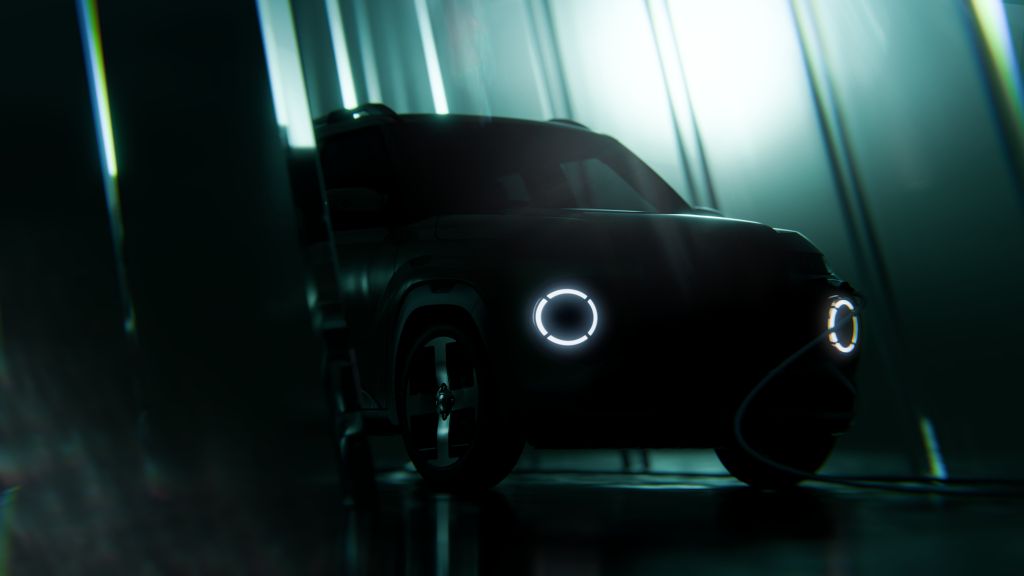
The EV landscape is about to get a shakeup with Hyundai’s introduction of the Casper Electric, known as the Inster EV in Europe. Scheduled for its grand reveal next week, this small but mighty vehicle is Hyundai’s answer to the growing demand for affordable electric vehicles. The anticipation is palpable, and it’s not because it’s a new EV, but it’s a new affordable EV – just what we need.
Hyundai first introduced the Casper Electric last week in Korea, dubbing it the “new standard for popularizing electric vehicles.” This EV is based on the gas-powered Casper, already a hit in Korea, but with a futuristic twist. The new design elements include Hyundai’s signature DRL headlights and pixelated turn signals, reminiscent of the stylish IONIQ series.
The Casper Electric isn’t just a pretty face; it’s built to perform. The electric motor provides a smooth and quiet drive, and its compact size makes it perfect for navigating urban environments. The design retains the friendly and approachable look of the gas-powered Casper, but with added futuristic touches that set it apart as a vehicle of the future.
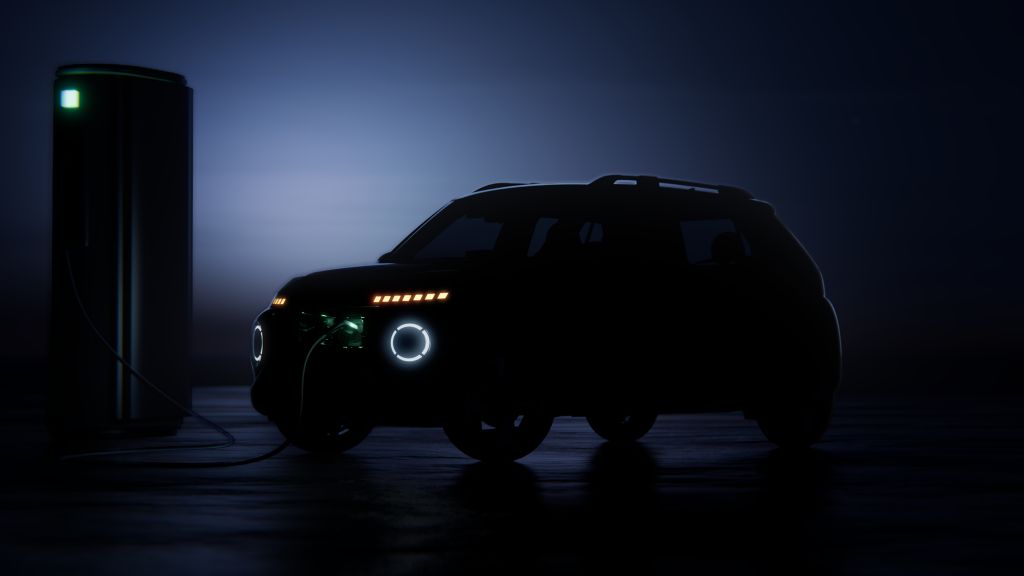
It’s small enough for city driving, but big enough to fit more than just your wallet.
Interestingly, the name “Casper” is inspired by a freestyle skateboard trick from the 1970s, named after its inventor Bobby Boyden’s nickname, “Casper,” due to his pale complexion resembling the friendly ghost. Despite its catchy name, trademark issues have led Hyundai to adopt the name Inster for the European market.
The playful and nostalgic name adds a unique charm to the vehicle, resonating with both young and older drivers. It reflects Hyundai’s approach to blending innovation with a sense of fun and personality. The Casper Electric/Inster EV aims to stand out in the crowded EV market with its distinctive name and design.
Specs and Price
In Korea, the Casper Electric boasts a driving range of up to 315 km (196 miles). However, the European version, the Inster EV, ups the ante with a range of up to 355 km (221 miles) under the WLTP standards. This makes it not just a city car but a viable option for longer trips as well. The extended range means less time worrying about charging and more time enjoying the drive. It’s a shame that the Europeans get almost 30 miles more.
The vehicle’s battery efficiency and energy management systems are top-notch, ensuring that you get the most out of every charge. Whether you’re commuting to work or taking a weekend getaway, the Casper Electric’s range capabilities make it a versatile and reliable choice for all types of drivers.
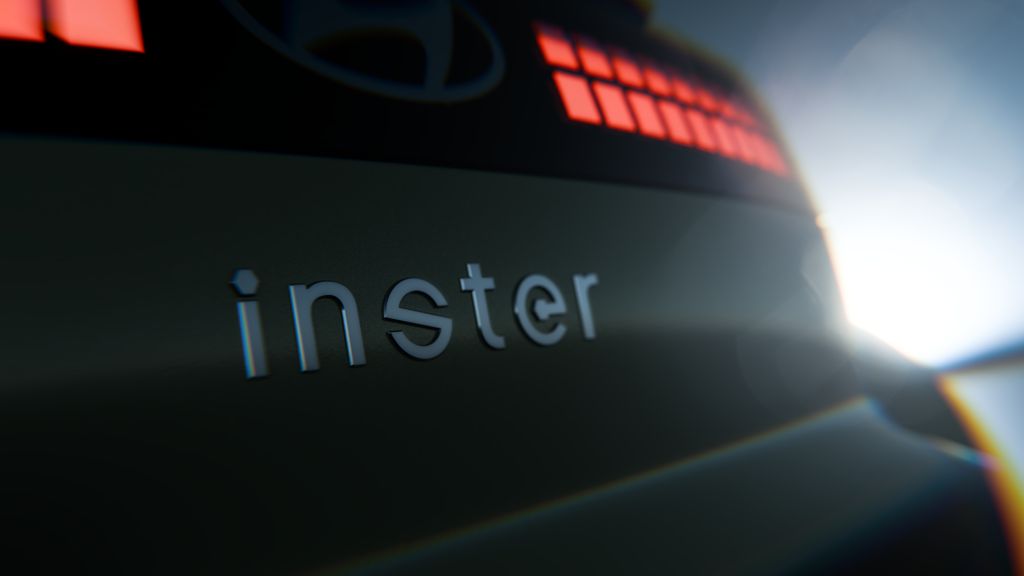
While Hyundai hasn’t officially announced the pricing, the Casper Electric is expected to start at under $27,000 (25,000 euros) in Europe. For context, the gas-powered Casper starts at around $15,000 in Korea. This pricing strategy positions the Casper Electric as a strong competitor in the budget EV market, potentially rivaling models like the Fiat 500e and various Chinese offerings.
Hyundai’s approach to pricing is strategic, aiming to make electric vehicles accessible to a broader audience. By offering a budget-friendly EV with impressive features and capabilities, Hyundai is setting a new standard in the affordable EV market. The Casper Electric is poised to attract a wide range of consumers, from first-time EV buyers to seasoned drivers looking for a practical and economical option.
Design and Practicality
Despite its compact size, the Casper Electric promises practicality. It aims for a 220-mile WLTP range, making it suitable for both city commutes and longer journeys. The design retains pleasant lines with a touch of retro feel, aligning with Hyundai’s modern design language and evoking a sense of nostalgia reminiscent of the Honda e.
The Casper Electric is designed to be both functional and stylish. Its compact dimensions make parking and maneuvering in tight spaces a breeze, while the well-thought-out interior layout maximizes comfort and utility. The vehicle’s efficient use of space ensures that it remains practical for everyday use, whether you’re running errands or embarking on a road trip.

The latest teaser video gives us a clearer view of the Casper Electric. The outline and design closely mirror the gas-powered Casper, but with modern updates for the electric era. The robust yet compact SUV profile, signature LED daytime running lights, and pixel-graphic turn signals and tail lamps highlight the thoughtful design tweaks.
Inside, the Casper Electric promises a comfortable and tech-savvy environment. The interior features a clean and minimalist design, with intuitive controls and a user-friendly infotainment system. Connectivity options are abundant, ensuring that drivers and passengers can stay connected on the go. The spacious cabin and clever storage solutions make it a practical choice for everyday use.
The European Rollout
Michael Cole, Hyundai Europe CEO, has confirmed that the Inster EV will be rolled out in Europe, with another IONIQ model to follow later this year. The official debut is set for the Busan International Mobility Show on June 27, where we expect to see the Casper Electric in all its glory.
The European market is crucial for Hyundai, and the rollout of the Inster EV signifies the brand’s commitment to expanding its electric vehicle lineup. By introducing the Casper Electric to Europe, Hyundai is catering to a growing demand for eco-friendly and affordable transportation options.

Hyundai’s move to bring the electric Casper to Europe, particularly France, where it will benefit from the electric subsidy, shows a strategic push to capture the European market. Competing with the likes of Dacia Spring and Citroën ë-C3, the Casper Electric offers more versatility, especially with its trendy SUV look and practical range.
Hyundai’s strategic market entry is poised to make a significant impact. By leveraging subsidies and incentives available in various European countries, Hyundai aims to make the Casper Electric an attractive option for budget-conscious consumers. The vehicle’s competitive pricing, coupled with its impressive range and features, positions it as a formidable contender in the small EV segment.
Production Insights
The electric Casper is currently being developed in Japan, with prototype images already making rounds. The production will likely be aligned with the electric Kona in the Czech Republic, ensuring a streamlined manufacturing process.

By centralizing production in the Czech Republic, Hyundai aims to optimize its manufacturing efficiency and reduce costs. This strategic decision will enable Hyundai to meet the anticipated high demand for the Casper Electric in Europe and other markets. The collaboration between the Japanese and European teams underscores Hyundai’s commitment to delivering high-quality and reliable EVs.
Final Thoughts
With over 40,000 gas-powered Caspers sold annually in Korea, the electric version has the potential to be a global hit. Hyundai’s commitment to affordable, practical, and stylish EVs is clear, and the Casper Electric could very well be a game-changer in the market.
Hyundai’s forward-thinking approach and investment in electric vehicle technology are set to pay off. The Casper Electric is just the beginning of Hyundai’s ambitious plans for electrification. As the brand continues to innovate and expand its EV lineup, we can expect more exciting developments and breakthroughs in the coming years.
The world needs more affordable, practical EVs, and Hyundai is stepping up to the plate. The Casper Electric, with its competitive pricing, impressive range, and stylish design, is set to make a significant impact. As the EV market continues to evolve, Hyundai’s Casper Electric could be the beacon that guides us towards a more sustainable and accessible future for electric vehicles.
Hyundai’s dedication to making electric vehicles mainstream is commendable. The Casper Electric/Inster EV represents a significant step towards achieving widespread EV adoption. With its combination of affordability, practicality, and innovation, Hyundai is poised to lead the charge in the small EV market. Everything looks good on paper, but only time will tell if this models finds it place on the market.

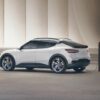

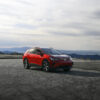

So when can we get it in the US?